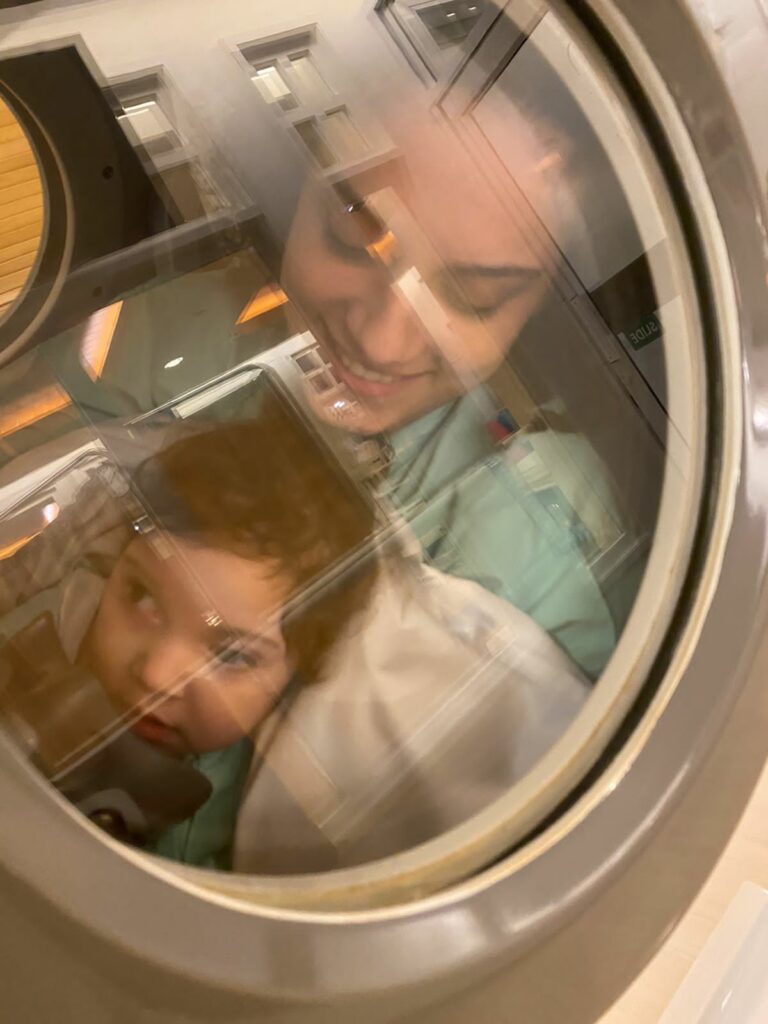-
Diagnosis: Optic Nerve Hypoplasia (ONH-SOD)
- Patient name: Sophie B.
- Age: 2 years and 4 months
- Nationality: Brazilian
- Treatment Period: 18 days – November 2022
- Stem Cells Provided 8 packs (UCMSC)
- Therapies Provided: Physical Therapy, Occupational Therapy, Transcranial Magnetic Stimulation, Nutrition Therapy, Hyperbaric Oxygen Therapy, Aquatherapy, Acupuncture Therapy
- Treatment location: Better Being Hospital

Sophie’s mom wrote us feedback in the form of a letter and with her consent, we decided to share it with you below…
Sophie was born with Optic Nerve Hypoplasia, a rare genetic deficiency. She was diagnosed with chronic non-progressive encephalopathy, also known as cerebral palsy, when she was three months old, and also has epilepsy.
I found out about stem cell therapy from another patient with optic nerve hypoplasia who lives in the same city as us. Read about Lucas here.
I discovered a video of the patient Lucas, who was in treatment with Beike while searching for Sophie’s disability on Facebook. His mother showed Lucas several objects that he recognizes and says what they were. In addition to that, there was hope for a better quality of life for Sophie in the video, and I saw the possibility of her seeing.
Since then, we’ve thoroughly researched this method of treatment; I contacted Beike, read various reports from patients all over the world about their stay and treatment in Thailand, and so on.
The fact that, in addition to numerous positive reports online, the first contact with Sophie’s treatment was very attentive and thoughtful, was what drew me to Beike’s treatment. The forms we had to fill out were very interesting to me.
Sophie’s treatment has always come with high expectations. We have a lot of hope (because she had just received treatment) that it will bring her positive results in terms of vision. She will definitely continue with the therapies in Brazil because treatment is not a cure; we need to be persistent.
Despite her limitations, Sophie is a very bright and active child, and her body is not paralyzed, so I believe that the little she can see already contribute significantly to her development.
Our first days here were peaceful, and we adjusted quickly thanks to the understanding of the entire hospital team. Beike’s team is incredible!
In addition to their professional competence, they are very affectionate with the patients and their families, which I think is fantastic because it not only calms the child but also facilitates the activities.
Not every clinic that offers stem cell treatment has functional medical access, additional treatments frequently make Beike even more reliable and primary. The amount of therapy, I believe, will help the cells do their job and improve treatment success.
We will continue Sophie’s therapy in Brazil when we return, as well as our faith, because our religion has supported us until today, and it certainly brought us here!